
Decision-making in the housing sector remains fragmented. Housing-related issues are divided among...

The Institute of the Presidency in the Kyrgyz Republic Since 1991, the institute of the presidency...

Kyrgyzstan became a member of the United Nations on March 2, 1992. The UN Permanent Mission in...

POWER SYSTEM AND MANAGEMENT INSTITUTIONS According to historical sources, the Kyrgyz people went...
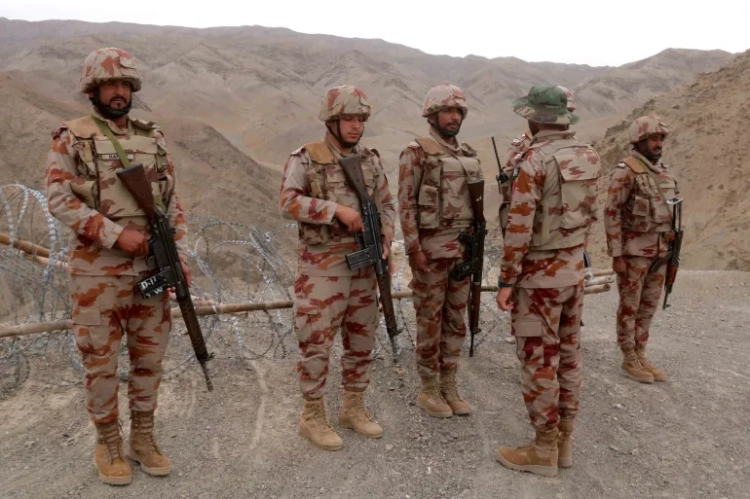
The conflict between Afghan and Pakistani forces has escalated, leading to deadly clashes in...

Not considering any state or coalition of states as its adversary, and opposing the use of...

President of the Kyrgyz Republic Almazbek Atambayev today, October 29, met with the leader of the...

Adoption of the New Constitution With the acquisition of independence, the renewal of the state...

In the last decade since the birth of an independent state, numerous problems that had been...

On the Path to Sovereignty and Independence: The Oath-Taking by Askar Akayev As part of the Soviet...

PAKISTAN. Islamic Republic of Pakistan A country in South Asia, in the northwest of the Indian...

The invasion of illegal armed formations of the Islamic Movement of Uzbekistan into the southern...

Administrative Policy. The organization of governance in Turkestan, including the Kyrgyz lands,...

In 2018, 436 initiatives for nature protection were approved in Kyrgyzstan In the past year, the...

The development of new architecture began with the establishment of Soviet power in the territory...

Licensing and accreditation of higher education institutions. For several years now, a...

Apas Jumagulov on Kyrgyz Women The history of the development of world civilization is largely the...

Kyrgyzstan transformed from a part of a federal state (the USSR) into a sovereign, unitary,...

In higher hierarchical clan-tribal communities, blood relations, economic, and territorial ties...

Starting April 15, public discussions of the new Concept of State Policy of the Kyrgyz Republic in...
The IMF has presented its growth forecast for economies around the world, including the Middle East...
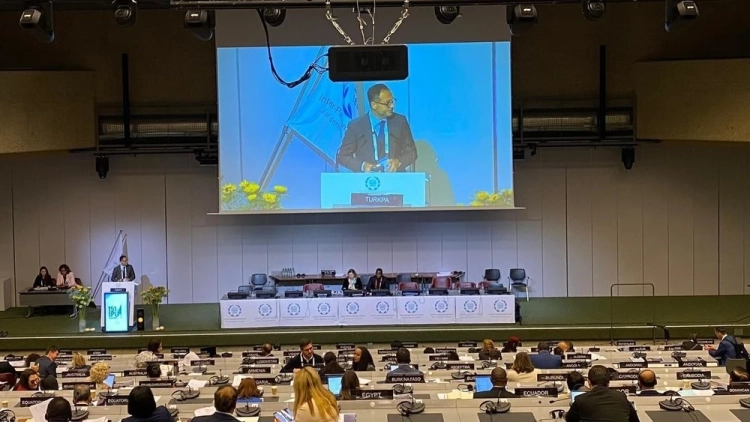
In his speech, Hasan emphasized that the issues of violations of humanitarian norms remain...
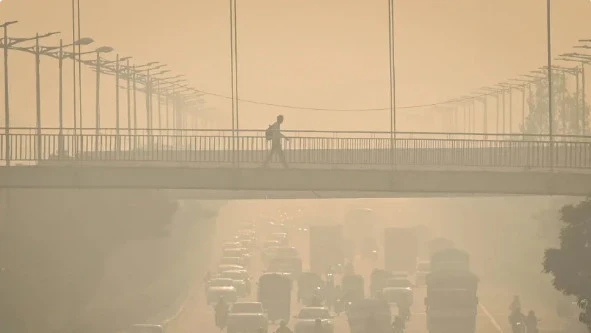
A layer of smog can be seen early in the morning in Wazirabad, New Delhi, India, on October 18,...

The book consists of six main sections that narrate the establishment and development of the...

The First Expeditions of the Russian Empire to Eastern Turkestan In exploring the biography of...

Since 1990, reforms of the judiciary of Kyrgyzstan have been underway. The following laws of the...

Dear Ladies and Gentlemen!...
API error: no response...

Let’s briefly summarize such an important period as the first 'hundred days' of the...

Bureaucratic Apparatus of Management among Southern Kyrgyz Tribes The social and property...

The new period of Kyrgyzstan's history spans from the 18th to the early 20th century. It can...

According to legends, Kurmandzhan Datka and Shabdan-Baatyr often showed mercy towards the poor and...

On May 29, 1992, by decree of the President of the Kyrgyz Republic, the units and parts of the...

Tuesday, October 21, 2014, at 10:30 AM Venue: NABU branch office in the Kyrgyz Republic, Bishkek,...

Kyrgyzstan in the 1920s. Introduction With the establishment of Soviet power, a political culture...

From October 21 to 22, 2014, classes were held at the Training and Retraining Center for Civil...

Land Resources of Kyrgyzstan The climatic features dictate the development of agricultural sectors...
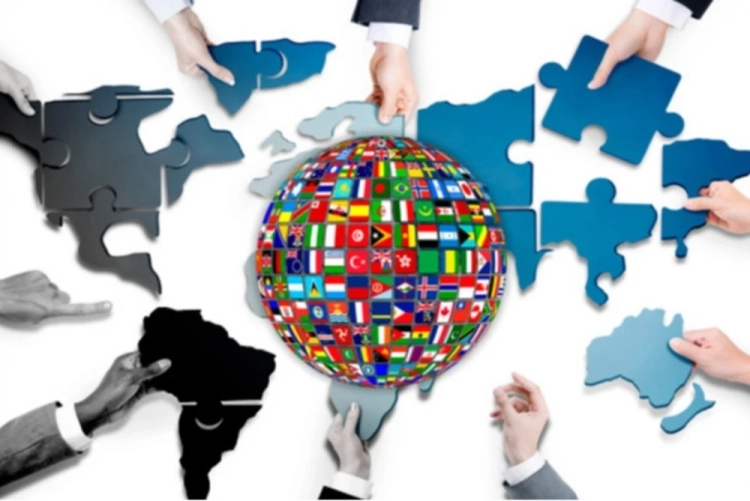
At the event, which will take place on October 24, experts from Russia and other countries will...
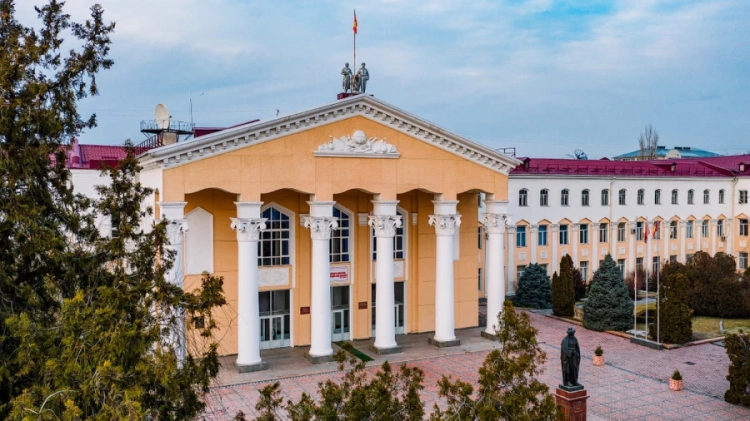
Will starting salaries for young specialists be increased? According to the Ministry of Economy...
The regional board in Talas, attended by the leadership of the presidential representative office,...

On December 27, 1991, the Government of the People's Republic of China recognized the...

Disputes about the origin of the Kyrgyz are still relevant Among the variety of data available in...

Afghanistan. Islamic Republic of Afghanistan A state in the Middle East, in the northwestern part...

The main strategies that the leadership of Kyrgyzstan can implement during the forecast period...

Soviet Kyrgyzstan The period when L. Brezhnev was at the head of the state management of the USSR...
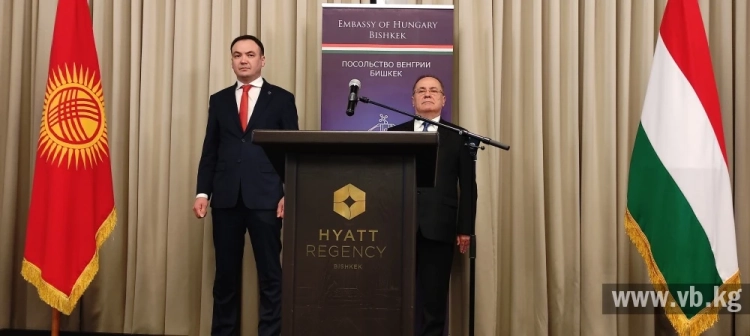
Today, October 23, the Hungarian nation celebrates its National Day. On the eve of this event, the...

In his article, Belov pointed out that significant changes occurred in the freight transportation...

The unpredictable and capricious nature for which Kurmandzhan Datka was known astonishingly...